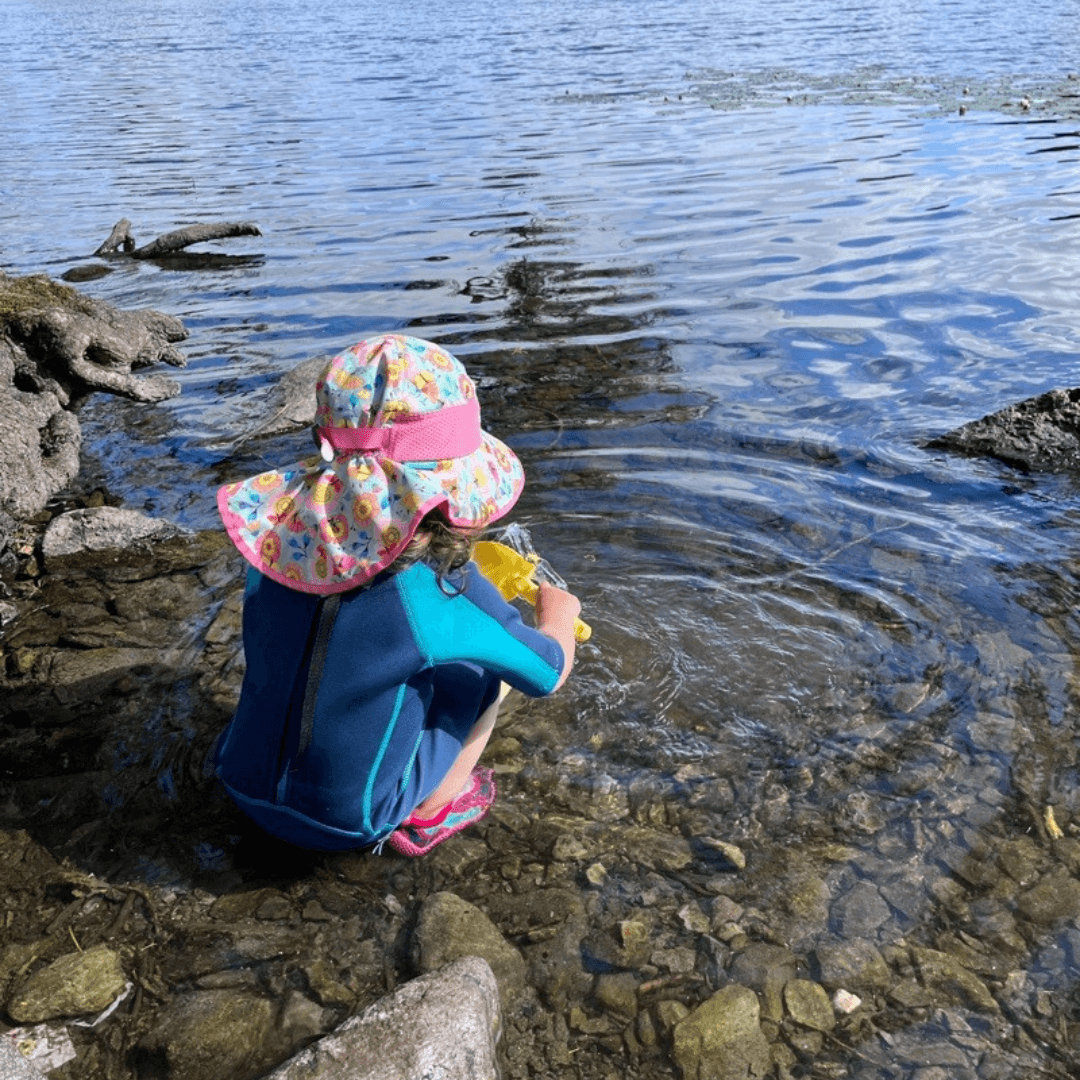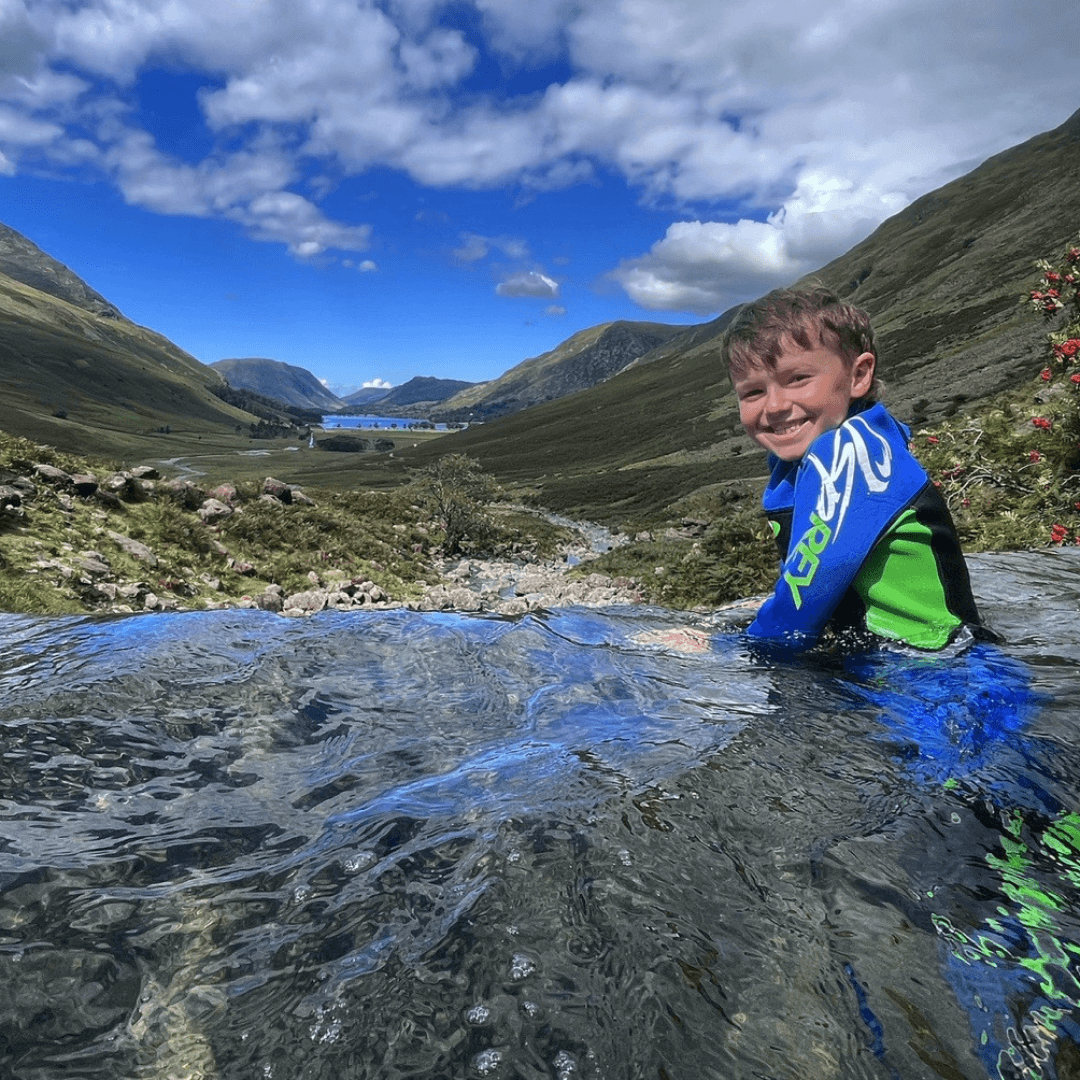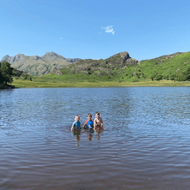Wild Swimming Tips for Kids
Posted by Little Trekkers on 24th Jun 2024
Wild swimming is a fantastic way for children to connect with nature and enjoy the great outdoors. However, it’s important to ensure their safety and make the experience enjoyable. Here are some top tips for wild swimming with kids:
1. Choose Safe Locations
Research Spots: Make sure to choose well-known and safe swimming spots. Look for areas that are recommended for families and have shallow, calm waters.
Avoid Fast Currents: Steer clear of rivers or lakes with strong currents or unclear water where hazards might be hidden.
2. Check Water Quality
Local Advice: Check local advisories for water quality and safety. Some areas may have bacteria or pollutants, especially after heavy rains.
Visual Check: Clear, moving water is generally safer than stagnant water.
3. Supervision and Safety Gear
Constant Supervision: Always supervise children closely. Even strong swimmers need to be watched.
Use Safety Gear: Equip kids with life jackets or buoyancy aids, especially if they are not confident swimmers.
4. Acclimate to the Water
Slow Entry: Let children enter the water slowly to acclimate to the temperature and get a feel for the conditions.
Warm Up: Ensure they warm up properly before getting in and encourage frequent breaks to prevent hypothermia, even in summer.
5. Educate About Risks
Understanding Depths: Teach children about water depths and how to recognize potential dangers like underwater obstacles or sudden drop-offs.
Wildlife Awareness: Make them aware of any local wildlife that might be in the area and what to do if they encounter any.
6. Encourage Respect for Nature
Leave No Trace: Teach kids to leave the area as they found it, taking all rubbish home and respecting wildlife habitats.
Environmental Awareness: Educate them about the importance of protecting natural water bodies and the surrounding environment.
7. Proper Attire and Sun Protection
Swimwear: Ensure kids are wearing appropriate swimwear that keeps them warm in cooler water temperatures.
Sun Protection: Apply waterproof sunscreen and encourage the use of hats and UV-protective clothing to prevent sunburn.

8. Stay Hydrated and Energized
Bring Snacks and Water: Keep kids hydrated and fueled with snacks and water. Swimming can be tiring, and it’s important to maintain energy levels.
9. Teach Basic Swimming Skills
Swim Lessons: Ensure your child has some basic swimming skills and water safety knowledge before going wild swimming.
Floating Techniques: Teach them how to float on their back if they need to rest.
10. Make It Fun
Games and Activities: Incorporate fun water games and activities to make the experience enjoyable and engaging.
Positive Reinforcement: Praise and encourage kids for their bravery and swimming skills to build their confidence.
Wild swimming can be an enriching and fun experience for kids, providing they are prepared and safety measures are in place. Happy swimming!
For more detailed information on wild swimming and safety, check out resources like the Outdoor Swimming Society or Swim England.

